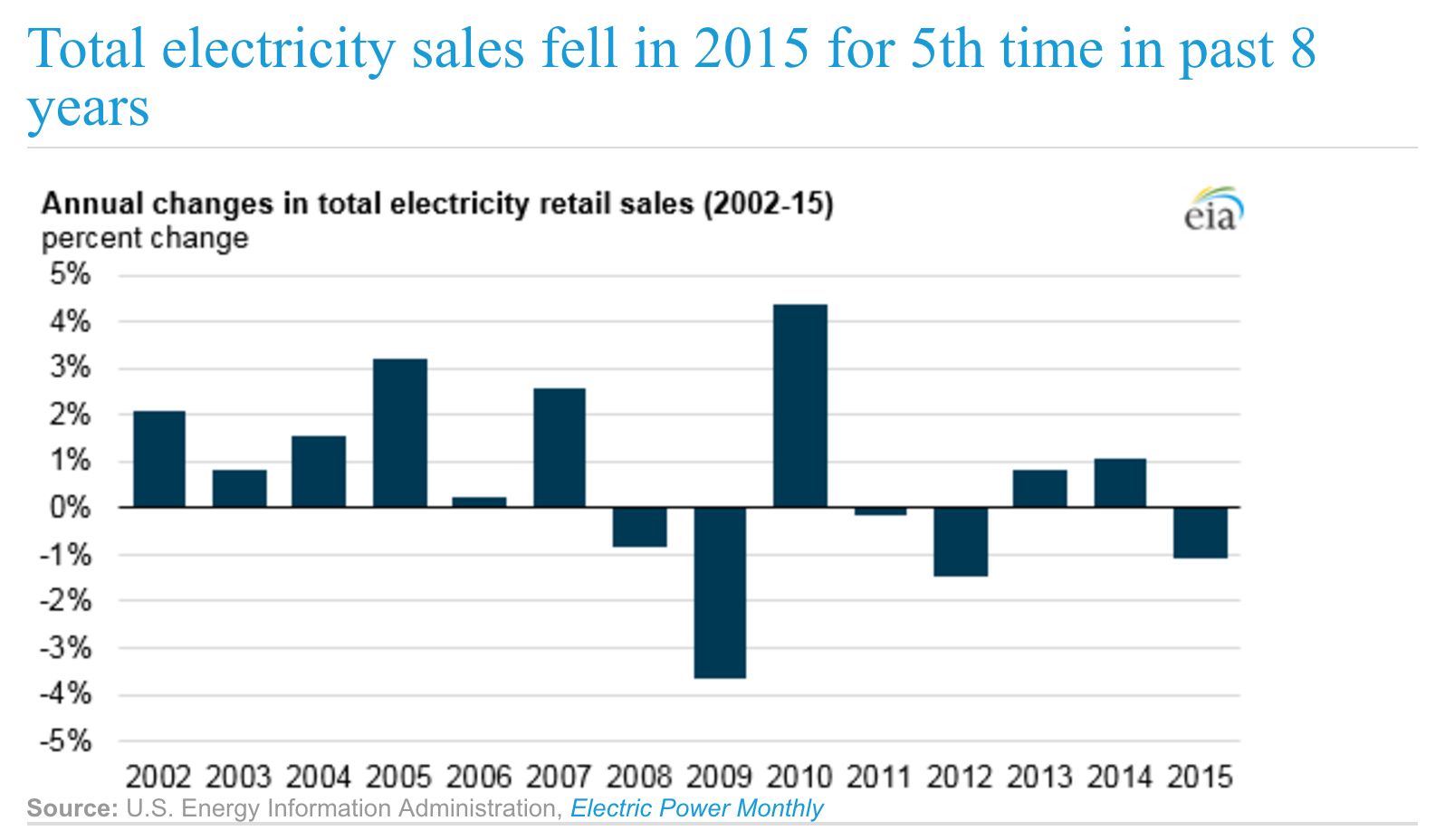A couple of years ago, sustainable architect Ed Mazria uncovered a surprising shift in America. Even as developers construct billions of square feet of new buildings across the country in the coming decades, electricity use in the built environment will decline.
According to Mazria, 60 billion square feet of new homes, offices and other structures will get erected in the U.S. by 2030. But in a 2013 report, the Energy Information Administration projected that energy use in the built environment would barely budge in the coming decades -- or could even fall drastically under the right technology and policy conditions.
Every year, it will take less energy to power America's growing building stock. By 2030, it's possible that improvements in building efficiency will help shut down existing energy capacity, concluded Mazria.
"This is huge. I don't think people truly understand what just happened," Mazria said at the time. "We have essentially created a moratorium on new power plants through efficiency gains in the built environment."
New data from the Energy Information Administration reinforces that shift. The agency reported this week that nationwide electricity sales dropped by 1.1 percent in 2015. That marks the fifth time in eight years that U.S. electricity sales have fallen. Meanwhile, yearly construction of new building space is growing by tens of millions of square feet.
"The flattening of total electricity sales reflects declining sales in the industrial sector and little or no growth in sales to the residential and commercial building sectors, despite growth in the number of households and growth in commercial building space," wrote the agency.

The decline in 2008 and 2009 was primarily caused by the recession and resulting economic hangover. But electricity sales are still trending downward, even as economic conditions have improved. This is due to a range of factors, according to the EIA.
Efficiency clearly played a role in moderating growth of electricity consumption last year. New office buildings and homes are getting more efficient due to stricter building codes and better construction techniques. Lights and HVAC systems are improving in performance every year. And utility programs designed to lower residential, commercial and industrial energy use are working.
However, America's feeble economic growth also played a role. In its analysis, EIA suggests that a decline in industrial activity has more to do with the nationwide shift than do efficiency efforts.
"Although efficiency policies have primarily focused on electricity use in the residential and commercial sectors, the slowing of electricity sales growth over the past decade is dominated by declining electricity sales to industry, which mainly reflect economic factors," the report states.
It can be tough to pinpoint exactly how these factors change energy use. For example, Arik Levinson, an environmental economist at Georgetown University, recently argued that weather, population shifts and occupancy changes have been more influential than building codes when it comes to lowering energy use in California homes.
While Levinson's findings were fiercely attacked by efficiency advocates, EIA seems to agree that factors other than efficiency are playing an outsized role in cutting electricity consumption in the residential sector.
"Weather-related electricity demand for home heating and cooling is often the largest factor in year-over-year changes, while energy efficiency improvements and structural changes in the housing sector affect long-term trends," concluded EIA.
Distributed energy is also starting to play a role in lowering demand for electricity. According to analysis from GTM Research, solar PV will bring negative demand growth in 2016 in California, Hawaii and New Jersey.



